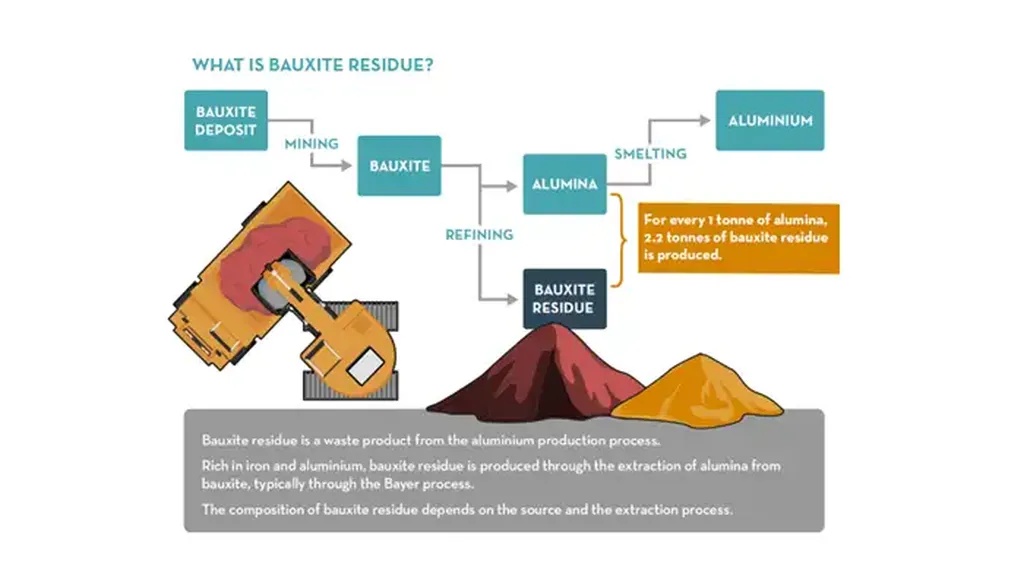In the quest for sustainable construction materials, a recent study published in the *Journal of Sustainable Construction Materials and Technologies* (translated from Hindi as *Journal of Sustainable Construction Materials and Technologies*) has shed light on innovative ways to reduce the environmental footprint of cement production. The research, led by Devansh Goel, a Research Scholar at the School of Construction, NICMAR University in Pune, India, explores the performance of mortar mixes incorporating ground granulated blast-furnace slag (GGBS), ultrafine GGBS (UGGBS), and rice husk ash (RHA) as partial replacements for cement.
The study, which evaluated 32 different mortar mixes, found that incorporating these supplementary cementitious materials (SCMs) can significantly enhance the mechanical properties of mortar while reducing the reliance on traditional cement. “The inclusion of finer UGGBS significantly improved flow, and the blend of GGBS and UGGBS demonstrated superior mechanical performance,” Goel explained. This is a significant finding, as it suggests that industrial by-products and agro-waste can be effectively integrated into cementitious matrices, promoting both environmental and performance benefits.
The research also highlighted the importance of particle fineness and material compatibility in multi-component binder systems. The blend of UGGBS and RHA, for instance, enhanced flexural strength compared to ternary mixes. This underscores the potential for these materials to be used in a variety of construction applications, from residential buildings to large-scale infrastructure projects.
The commercial implications of this research are substantial. As the construction industry continues to grapple with the environmental impact of cement production, the development of sustainable alternatives is becoming increasingly important. The use of SCMs like GGBS, UGGBS, and RHA can not only reduce the carbon footprint of construction projects but also improve the mechanical properties of the materials used.
Moreover, the integration of these materials into cementitious matrices can help to reduce waste and promote a circular economy. Industrial by-products and agro-waste, which are often discarded or incinerated, can be repurposed as valuable construction materials. This can create new revenue streams for industries and farmers, while also reducing the environmental impact of waste disposal.
The findings of this study are a significant step forward in the development of sustainable construction materials. As Goel noted, “Future research should focus on microstructural analysis, durability characteristics under aggressive exposure conditions, and the practical application of these blends in real-world construction scenarios.” This suggests that the potential of these materials is only beginning to be explored, and that further research could unlock even greater benefits.
In conclusion, this research highlights the importance of innovation and sustainability in the construction industry. By exploring the potential of supplementary cementitious materials, the study offers a promising approach to reducing the environmental impact of construction while improving the performance of building materials. As the industry continues to evolve, the integration of these materials into cementitious matrices could play a crucial role in shaping the future of sustainable construction.

